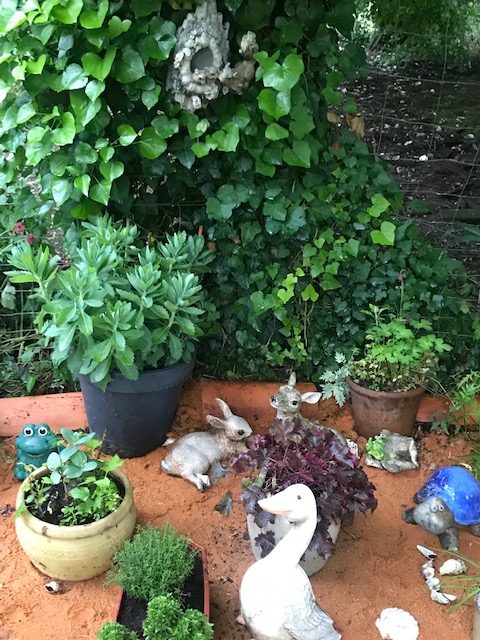Flora
Flora, a project initiated by Myfanwy Johns and set up in collaboration with Joss Burke.
In Roman mythology Flora was the goddess of flowers and of the season of spring. The art of translating and interpreting flowering vegetation onto a ceramic surface has been practiced for centuries in different cultures and regions throughout the world.
The collection of plates on display has come about through a very similar activity to gardening: it has included seeking, locating, acquiring, organising, cataloguing, displaying, maintaining and storing. As with plants, friends have been involved in gathering the 100 plus plates covering the wall. The plates are carefully placed to reflect the close planting of a British cottage garden, where random planting is essential to create a complex pattern of texture and colour. Individual plates rather than matching sets have been chosen as an insight into the range of approaches given to decoration.
The decoration intrinsically holds intimate traces of private lives, where memories have been evoked “like my Grand Mothers plates”–“I have one like that”–“we had a similar service when we were first married” They are everyday objects we live with and use.
Interestingly, company stamps on the rear of the plates reveal information about their countries of origin, some of which no longer exist i.e. Czechoslovakia. Other stamps include both French and British factories, such as Gien, Worcester, Limoges and Wedgwood






















